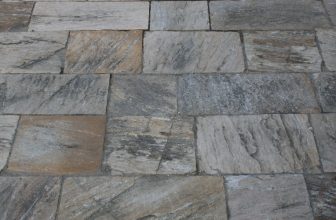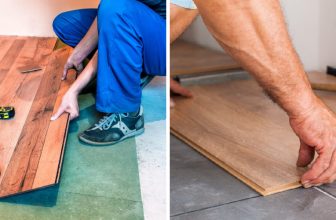How to Remove Epoxy Floor
Epoxy flooring, known for its durability and high gloss finish, has become a popular choice for both commercial and residential spaces. However, circumstances may arise where you need to remove an epoxy floor, be it for renovation purposes, a change in design, or the need for repairs. Epoxy removal might seem like a daunting task due to its strong adhesive properties, but with the right knowledge and approach, the process can be manageable.
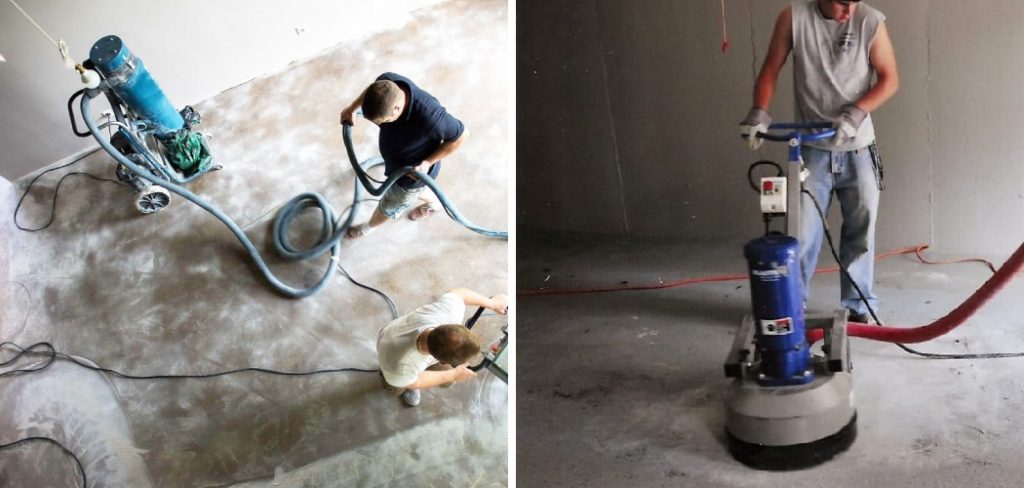
In this comprehensive guide, we will delve into effective methods and techniques for how to remove epoxy floor, detailing the necessary steps, tools, and safety precautions to ensure a successful removal process. Armed with this information, you’ll be able to navigate through the epoxy removal process and prepare your floor for the next phase of your flooring project.
Reasons for Removing Epoxy Flooring
Epoxy flooring is one of the most durable and long-lasting options for industrial, commercial, and residential spaces. However, there may come a time when you need to remove it due to various reasons. In this section, we will discuss some of the common reasons why people choose to remove epoxy flooring.
Damage
One of the main reasons for removing epoxy flooring is damage. Despite its durability, epoxy flooring can still get damaged over time due to heavy foot traffic, chemical spills, or other factors. If the damage is severe and cannot be repaired, then removing the entire flooring may be the best solution.
Change in Aesthetics
As trends and preferences change, you may want to update your space’s aesthetics. Epoxy flooring comes in a limited range of colors and designs, so it may not always fit your desired look. In such cases, removing the existing epoxy flooring and replacing it with a new option would be necessary.
Wear and Tear
Even though epoxy flooring is known for its durability, it will eventually show signs of wear and tear over time. This could be due to aging, high traffic, or other factors. If the flooring has become too worn out, removing it and installing a new one would be more cost-effective than trying to repair it repeatedly.
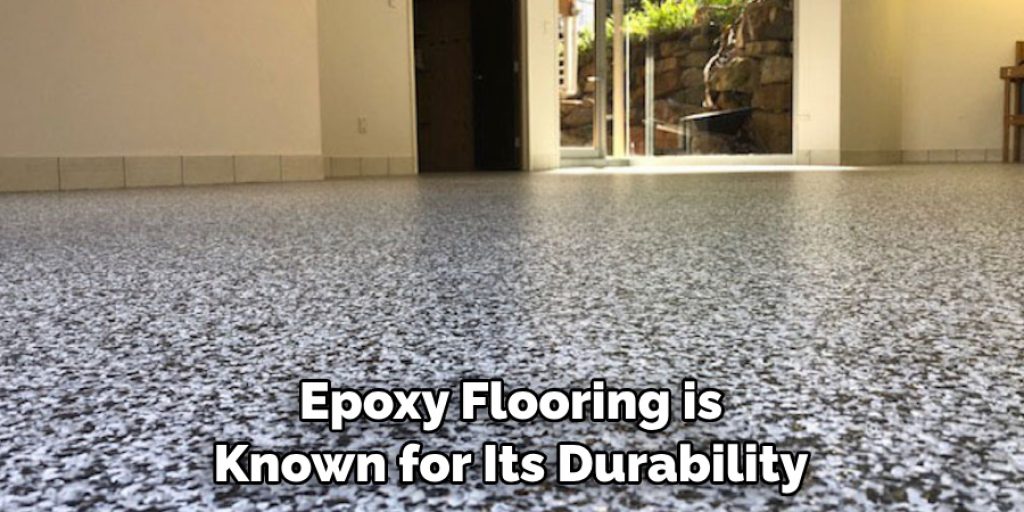
Proper Ventilation in the Workspace
Epoxy floors are a popular choice for many commercial and industrial spaces due to their durability, resistance to chemicals and their aesthetically pleasing appearance. However, one aspect that is often overlooked when installing an epoxy floor is proper ventilation in the workspace.
It is essential to have adequate ventilation during the installation process as well as after the floor has been cured. This is because epoxy floors emit strong fumes during the application and curing process, which can be harmful if not properly ventilated.
Proper ventilation ensures that these fumes are not trapped in the workspace, affecting air quality and potentially causing health issues to workers. Additionally, it also helps in maintaining the integrity of the epoxy floor by preventing bubbling or other defects caused by improper ventilation.
There are several ways to ensure proper ventilation in the workspace during and after epoxy floor installation. One option is to use industrial fans or exhaust fan systems to circulate fresh air and remove fumes from the space. Another way is to open windows and doors, allowing for natural airflow.
10 Methods How to Remove Epoxy Floor
1. Mechanical Grinding
Mechanical grinding is one of the most effective methods for removing epoxy flooring. This involves using a diamond-tipped grinding wheel to grind away the epoxy coating. It is important to use the correct type of grinding wheel to ensure that no damage is done to the underlying floor. Additionally, this method can be quite noisy and dusty, so it should be done in an area with proper ventilation.
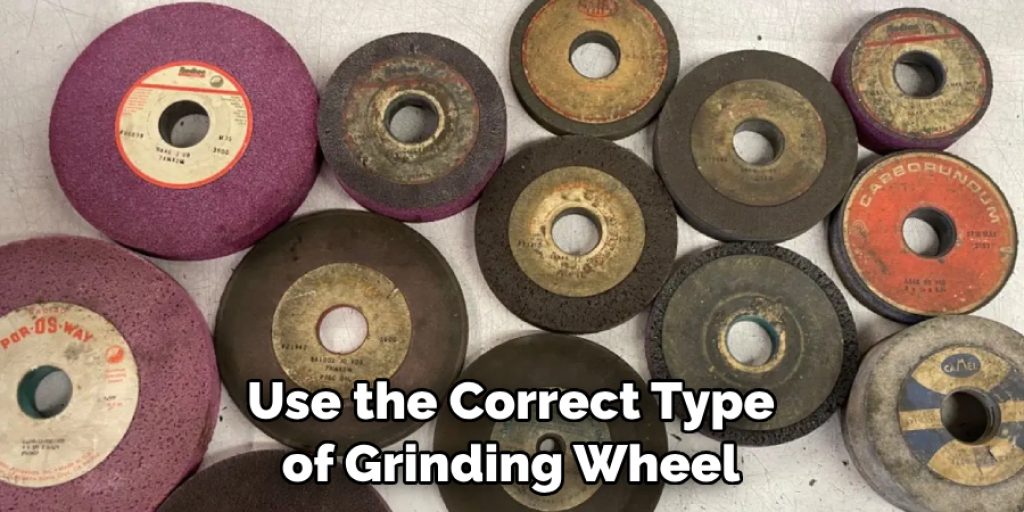
2. Chemical Stripping
Chemical stripping is another effective method for removing epoxy flooring. This involves using a chemical stripper to break down the bond between the epoxy and the concrete substrate. It is important to choose a chemical stripper that is specifically designed for epoxy removal, as some products may cause damage to other surfaces.
Additionally, this method can be time-consuming and requires protective gear such as goggles and gloves when working with chemicals.
3. Sandblasting
Sandblasting is a fast and effective way to remove epoxy flooring from concrete substrates. This process involves using high-pressure air jets to blast away at the epoxy coating, leaving behind only clean concrete substrate beneath it. The main downside of sandblasting is that it can create a lot of dust, so it should be done in an area with proper ventilation and dust collection systems in place.
4. Heat Guns
Heat guns are also commonly used for removing epoxy flooring from concrete substrates. This process involves heating up the surface of the epoxy until it softens enough for easy removal from the substrate below it. Heat guns are relatively inexpensive and can be found at most hardware stores or online retailers.
However, they should always be used with caution as they can cause serious injury if not used properly or if overheated materials come into contact with skin or eyes.
5. Scraping
Scraping is another common method used for removing epoxy flooring from concrete substrates without damaging them further than necessary during the removal process. This process involves using a scraper tool or blade to manually remove any loose pieces of epoxy from the surface of the substrate below it. It’s important to use caution when scraping as you don’t want to scratch or gouge out chunks of material beneath your work surface.
6. Pressure Washing
Pressure washing is also an effective way to remove stubborn layers of old epoxy flooring without causing any damage. This process involves using high-pressure water jets along with special cleaning agents designed specifically for removing epoxies. The pressure washer should always be set on its lowest setting before starting, as too much pressure could potentially cause damage or even lift off portions of your underlying substrate material.
7. Floor Scrubbing Machines
Floor scrubbing machines are also great tools for quickly removing large amounts of old epoxy floors without damaging them further than necessary during removal process. These machines use rotating brushes along with special cleaning solutions designed specifically for removing tough layers of old resin-based coatings like those found on many types of commercial floors today.
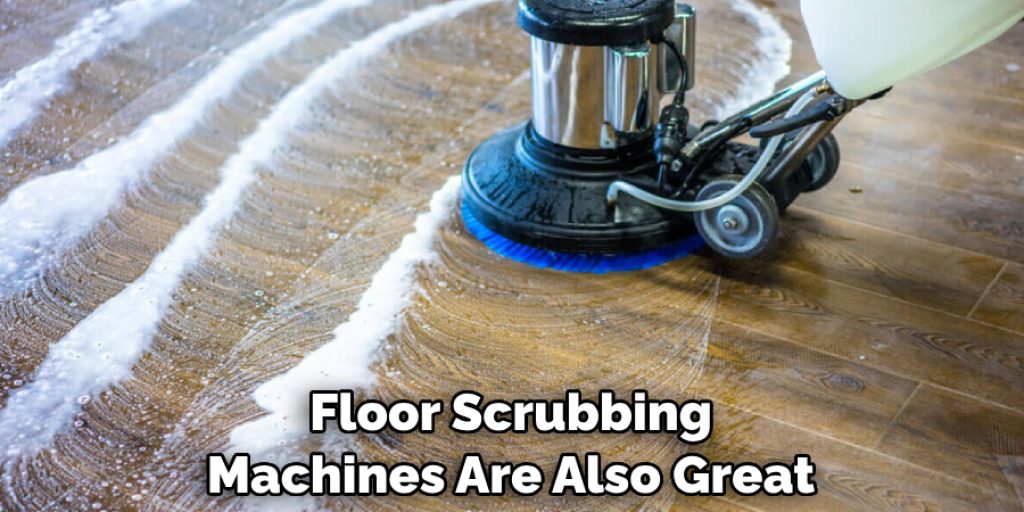
Just make sure you follow all safety guidelines when operating these machines, as they can become very slippery when wet.
8. Solvent Cleaners
Solvent cleaners are another effective way to remove stubborn layers of old epoxy floors without causing any additional damage during removal process. These cleaners typically contain chemicals like mineral spirits, which help dissolve and break down tough layers of old resin-based coatings like those found on many types of commercial floors today.
Just make sure you wear appropriate safety gear such as gloves and eye protection, when handling these chemicals , since some solvents can irritate skin upon contact.
9. Peel Away Systems
Peel away systems are also great tools for quickly removing large amounts of old resin-based coatings like those found on many types commercial floors today without causing any additional damage during removal process.
These systems involve applying a special adhesive layer onto your existing coating, which then peels away easily once dry, taking all traces od your old coating with it in one swift motion making clean up afterwards much easier than traditional methods mentioned above would allow otherwise.
10. Professional Removal Services
Finally , if all else fails there are professional removal services available that specialize in safely and effectively removing stubborn layers of old resin-based coatings like those found on many types of commercial floors today.
Without causing any additional damage during removal process either due to their expertise in this field alone or because they have access better tools than what’s available at your local hardware store making them ideal choice when tackling particularly difficult jobs involving more stubborn layers od older resins based coatings that won’t budge no matter how hard you try to remove them on your own.
Common Mistakes to Avoid When Removing Epoxy Floor
Epoxy floors are becoming increasingly popular due to their durability, easy maintenance and aesthetically pleasing appearance. However, there may come a time when you need to remove an epoxy floor for renovation or repair purposes.
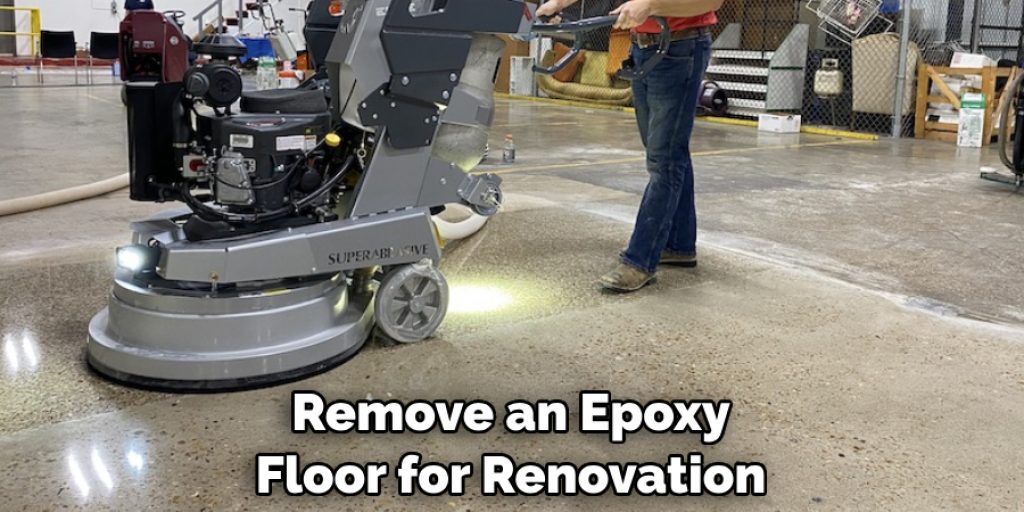
Not Wearing Protective Gear
Epoxy floors are made with chemicals that can be harmful if not handled carefully. When removing an epoxy floor, it is important to wear protective gear such as gloves, safety glasses and a respirator. This will protect you from potential skin irritations, eye injuries and respiratory problems. Do not underestimate the importance of protective gear when working with chemicals.
Not Preparing the Area Properly
Before starting the removal process, it is crucial to prepare the area properly. This includes removing all furniture and items from the room, covering any vents or openings to prevent dust from spreading to other areas of the house, and sealing off the room with plastic sheeting. Failure to prepare the area properly can result in a messy and hazardous work environment.
Conclusion
Removing epoxy flooring is a delicate process that requires special care and skill. In the end, it can save you time and money, while ensuring a longer lasting result than other methods. Ultimately you must weigh the pros and cons of DIY vs professional removal in order to best meet your needs and budget. Remember that if you choose to remove it yourself, safety should always be your number one priority.
Additionally, valuable lessons can be learned through trial and error. If done correctly, removing your epoxy floor can be completely satisfying! For more tips on how to remove epoxy floor, refer to the links provided throughout this article or contact an experienced professional for assistance. This decision requires thoughtful consideration so take your time to ensure the best outcome for your situation.

